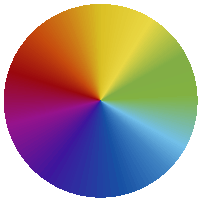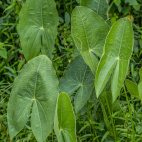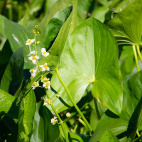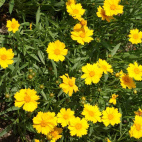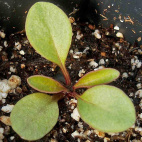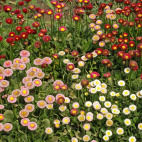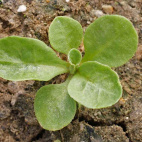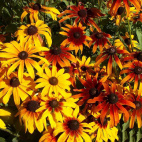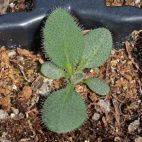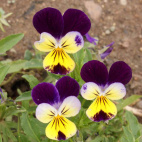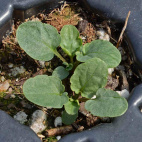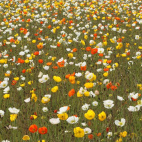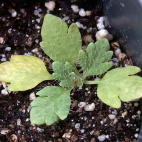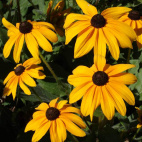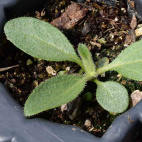Color
Availability
USDA Zone
Region
Type
Duration
Season
Germination
Soil
Sunlight
Height
Use
Narrow Your Search
Color
Availability
USDA Zone
Region
Type
Duration
Season
Germination
Soil
Sunlight
Height
Use
Wildflower Seeds - Northern Region
The Northern region is home to our Canadian friends in the eastern provinces, as well as the northern-most part of the Eastern US. This area is characterized by a long, cold winter with lots of snow, and a short humid summer that only lasts about 3 or 4 months. Most of the area is classified as a UDSA Growing Zone 4 or less, and the species that grow here have interesting ways to perpetuate themselves in spite of the short growing season. There are a lot of forests and wetlands in this region, so adequate moisture is hardly ever a problem. Look up your growing zone to make sure that the Northern wildflower seeds that you want to grow are winter hardy. Alternatively, just order annual flower seeds online so that the plant does not need to make it through the winter, but can reseed itself and come back from seed the next year.
-
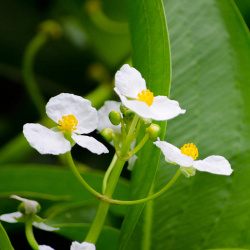 Common Arrowhead Seeds
Sagittaria latifolia
Native to ponds, streams, and marshes, this perennial is known by its arrowhead-shaped leaves and white three-petaled flowers. This plant is also known as Duck Potato because it grows tubers that the ducks like to eat.Quick View$3.48 Pkt - $36.00 / Oz
Common Arrowhead Seeds
Sagittaria latifolia
Native to ponds, streams, and marshes, this perennial is known by its arrowhead-shaped leaves and white three-petaled flowers. This plant is also known as Duck Potato because it grows tubers that the ducks like to eat.Quick View$3.48 Pkt - $36.00 / Oz -
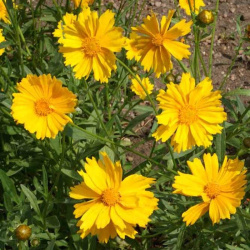 On Sale!
Dwarf Lance Leaved Coreopsis Seeds
Coreopsis lanceolata
These easy-to-grow wildflowers are a shorter member of the family that bloom late summer. A popular choice of beginning gardeners and master gardeners alike, who have limited space in their garden.Quick View$3.48 Pkt - $7.92 / Oz
On Sale!
Dwarf Lance Leaved Coreopsis Seeds
Coreopsis lanceolata
These easy-to-grow wildflowers are a shorter member of the family that bloom late summer. A popular choice of beginning gardeners and master gardeners alike, who have limited space in their garden.Quick View$3.48 Pkt - $7.92 / Oz -
 English Daisy Seed Mix
Bellis perennis
This classic continues to delight daisy lovers everywhere. The mix provides a dazzling array of colors and makes an excellent ground cover plant.Quick View$3.48 Pkt - $20.16 / Oz
English Daisy Seed Mix
Bellis perennis
This classic continues to delight daisy lovers everywhere. The mix provides a dazzling array of colors and makes an excellent ground cover plant.Quick View$3.48 Pkt - $20.16 / Oz -
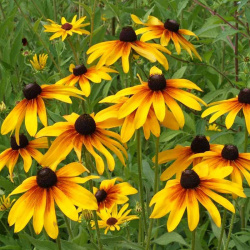 On Sale!
Gloriosa Daisy Seeds
Rudbeckia hirta
It is hard to believe that these large beautiful flowers can be packed into little seeds! These jumbo Black-eyed Susan blooms have decorative red accents near the center cone, and will make your garden look picture perfect! This Biennial is easy to grow and attracts butterflies.Quick Viewx
On Sale!
Gloriosa Daisy Seeds
Rudbeckia hirta
It is hard to believe that these large beautiful flowers can be packed into little seeds! These jumbo Black-eyed Susan blooms have decorative red accents near the center cone, and will make your garden look picture perfect! This Biennial is easy to grow and attracts butterflies.Quick ViewxGloriosa Daisy Seeds
Rudbeckia hirta
It is hard to believe that these large beautiful flowers can be packed into little seeds! These jumbo Black-eyed Susan blooms have decorative red accents near the center cone, and will make your garden look picture perfect! This Biennial is easy to grow and attracts butterflies.
$2.98 Pkt - $7.65 / Oz -
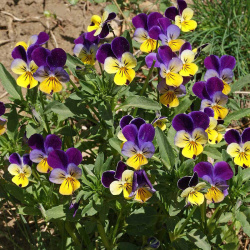 Helen Mount Johnny Jump Up Seeds
Viola tricolor
With cheery purple, yellow, and white faces, this charming wildflower looks a mini version of the pansy. This petite beauty often reseeds itself and springs up voluntarily year after year.Quick View$3.48 Pkt - $14.07 / Oz
Helen Mount Johnny Jump Up Seeds
Viola tricolor
With cheery purple, yellow, and white faces, this charming wildflower looks a mini version of the pansy. This petite beauty often reseeds itself and springs up voluntarily year after year.Quick View$3.48 Pkt - $14.07 / Oz -
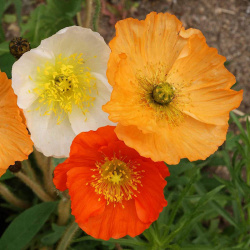 On Sale!
Iceland Poppy Seeds
Papaver nudicaule
This hardy poppy comes from the arctic regions of Canada and Europe, so makes an excellent choice for areas with harsh winters. The large blossoms often self-sow and are highly attractive to bees and butterflies.Quick View$3.48 Pkt - $13.34 / Oz
On Sale!
Iceland Poppy Seeds
Papaver nudicaule
This hardy poppy comes from the arctic regions of Canada and Europe, so makes an excellent choice for areas with harsh winters. The large blossoms often self-sow and are highly attractive to bees and butterflies.Quick View$3.48 Pkt - $13.34 / Oz -
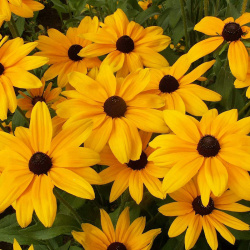 Indian Summer Black Eyed Susan Seeds
Rudbeckia hirta
Summer glows a little longer with these giant golden blooms. This biennial is easy to grow and usually blooms late in its second year with huge and showy flowers.Quick View$3.75 Pkt - $176.00 / Oz
Indian Summer Black Eyed Susan Seeds
Rudbeckia hirta
Summer glows a little longer with these giant golden blooms. This biennial is easy to grow and usually blooms late in its second year with huge and showy flowers.Quick View$3.75 Pkt - $176.00 / Oz
The Northern region is home to our Canadian friends in the eastern provinces, as well as the northern-most part of the Eastern US. This area is characterized by a long, cold winter with lots of snow, and a short humid summer that only lasts about 3 or 4 months. Most of the area is classified as a UDSA Growing Zone 4 or less, and the species that grow here have interesting ways to perpetuate themselves in spite of the short growing season. There are a lot of forests and wetlands in this region, so adequate moisture is hardly ever a problem. Look up your growing zone to make sure that the Northern wildflower seeds that you want to grow are winter hardy. Alternatively, just order annual flower seeds online so that the plant does not need to make it through the winter, but can reseed itself and come back from seed the next year.

